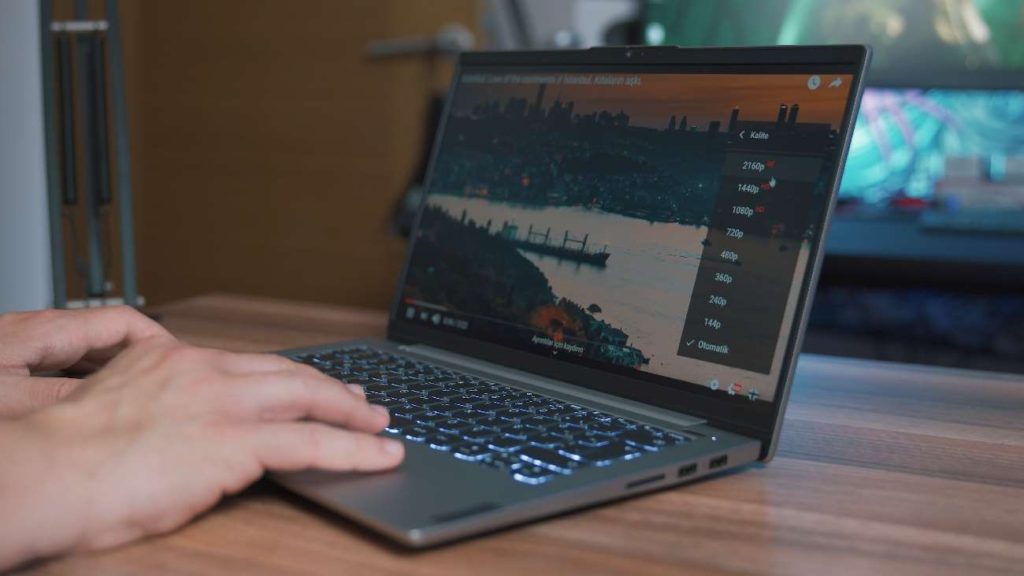The internet is an integral part of our everyday lives. It gives access to information, making life easier. A stable internet connection enables companies to support remote work. A reliable connection can also enable you to access education and save money.
But, when your Lenovo laptop keeps disconnecting from a wireless internet connection, it slows your response time and may cause frustration.
Lenovo laptops built with distinct qualities and features can experience network issues, causing them to keep disconnecting from WiFi. This Lenovo internet connection issue is common in Windows 10.
Therefore, you need to troubleshoot the underlying issue to regain your connection. In this article, we look into common Lenovo laptop network issues and how to solve them. Read on to find out how to stop your laptop from frequent connectivity drops:
Lenovo Internet Connection Issues – Why WiFi Keeps Disconnecting in Windows 10
Millions of users across the world prefer Lenovo laptops to other brands. Despite the great features that each laptop packs, some experience issues, such as devices constantly disconnecting from WiFi. Some reasons behind the disconnection problems include:
- Improperly working network adapters
- Out-of-date Lenovo PC BIOS
- Corrupted WiFi drivers
- WiFI connection issues
- Lenovo laptop software or hardware issues
- Incorrect TCP/IP settings configuration, such as turning on the network adapter’s power-saving feature.
- An idle laptop that goes to sleep or hibernates
How to Solve Lenovo Laptop Network Issues
If you know the exact issue with your Lenovo laptop’s connectivity, fixing it is easier. However, if you’re not sure, which is likely the case, try the following fixes to solve your WiFi issues.

1. Reposition Your Lenovo Laptop
Move your laptop towards the router to see if this resolves the network issue. Alternatively, log into your router’s interface and select “Wireless settings.”
Change the existing WiFi radio channel to a different option. If you’re using your phone’s hotspot feature to access the internet, set its channel number on your laptop.
2. Restart Your Wireless Router and Laptop
Here’s how to restart your laptop and network device:
- Click on “Start” and hit the “Shutdown” option on your computer to turn it off.
- Disconnect all external devices attached to your computer, including the power cable.
- Unplug your wireless router from power.
- Let your laptop and router remain in their “shutdown” state for a few minutes.
- Boot your Lenovo laptop and turn on the wireless router.
Check if your WiFi connection has become stable. Move to the next method if the network issue persists. At this point, you can also try using an Ethernet cable to determine if the issue is on the WiFi card or the router.
If the cable gives stable internet connectivity from the router, then your WiFi card needs replacement. Instead of replacing the card, you can buy an external WiFi card that connects to your laptop via USB.
3. Disable Your Network Adapter’s Power Saving Setting
The power-saving setting on laptops can auto-disconnect your wireless connection to save power. Turn this setting off if it’s on. Follow the steps below:
- Click on “Start” and hit the letter “R” on the keyboard to open the “Run” dialog box.
- In the box that pops up, type “ncpa.cpl” and click on the “Enter” button.
- Right-click on the option “WiFi network adapter” in the network window that opens. On the open Window panel, scroll down to select “Properties.”
- Click on the “Configure” button in the new dialog box that pops up.
- Select the “Power Management” option.
- Uncheck the radio button that reads “Allow the computer to turn off this device to save power.”
- Click on the “Ok” button to save the changes.
Hopefully, this method solves your Lenovo internet connection issue. If not, proceed to the next solution.
4. Update Your Outdated Network Drivers
Lenovo usually releases driver updates whenever they become available. WiFi connection problems can arise if your network drivers aren’t up-to-date. Follow the steps below to update your drivers:
- Hold down the “Window” and “X” keyboard keys at the same time and release. In the menu that pops up, click on “Device Manager.”
- Scroll on the Window that appears to locate “Network Adapter.” Place your cursor on the arrow next to it and click on it once.
- Double-click on “Wireless adapter” among the options that appear – you’ll view details about the adapter in the box that pops up.
- Click once on the tab labeled “Driver” and click on the “Update Driver” button.
- Select the “Search automatically for drivers” option in the dialog box that appears. Follow the prompts to go through the installation process.
- If your device can’t detect available updates, visit the Lenovo website to locate the most recent drivers for download. On the site, click on the “Browse my computer for drivers” option to install the update.
- Restart your laptop after successfully installing the driver update to save the changes.
Change the scan valid interval of your laptop’s network adapter if the option above fails to work.
5. Change the Scan Valid Laptop Network Interval
Your laptop’s network adapter keeps looking for the access point of your wireless network based on the scan valid interval. If the value of the scan valid interval is high, your adapter takes less time to scan for available access points.
The network adapter does this to keep your computer connected to the wireless network. Your connection drops if the access point is unavailable or can’t be found. Here’s how to change the settings:
- Click on the “Window” and “R” keyboard keys at the same time and release them to open the “Run” dialog box.
- Type “ncpa.cpl” in the box that appears and hit the “Enter” key on the keyboard.
- Right-click on the option “WiFi network adapter” in the Window that pops up, and scroll down to find “Properties.”
- Select “Properties” and then “Configure.”
- Click on “Advanced” in the tabs section.
- Click on “Scan Valid Interval” on the “Property” dialog box that appears.
- Alter the interval value to “120.”
- Click on the “Ok” button to save the settings changes.
Reconnect your laptop to the WiFi connection to determine if the issue has been solved or not. One of these solutions should fix your “Lenovo laptop keeps disconnecting from WiFi” issue.
Otherwise, a router or laptop hardware problem may be responsible for the issue. In that case, find a reputable technician to resolve the issue.
Conclusion
Wireless network issues, among other factors, can cause your Lenovo laptop to keep disconnecting from WiFi. You can restart your laptop and router to fix minor issues with your internet connectivity.
Other quick fixes range from updating your network drivers to disabling your computer’s power-saving setting. We hope that this simple guide actually helped you resolve your wireless internet connectivity issue with your Lenovo laptop.
If all the solutions fail, find a reputable technician to fix the hardware problem behind the connectivity issue. Leave your comments in the section below.

